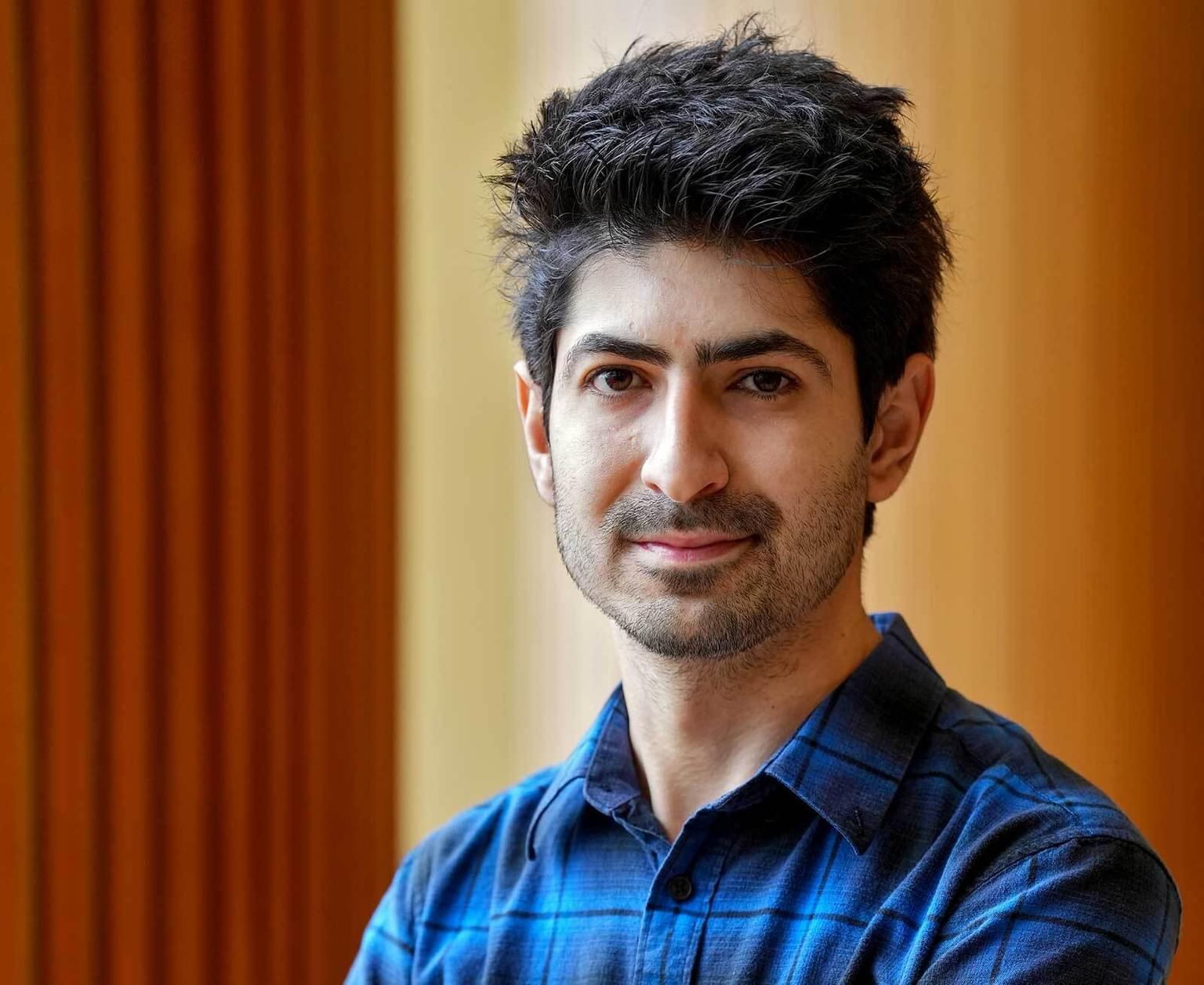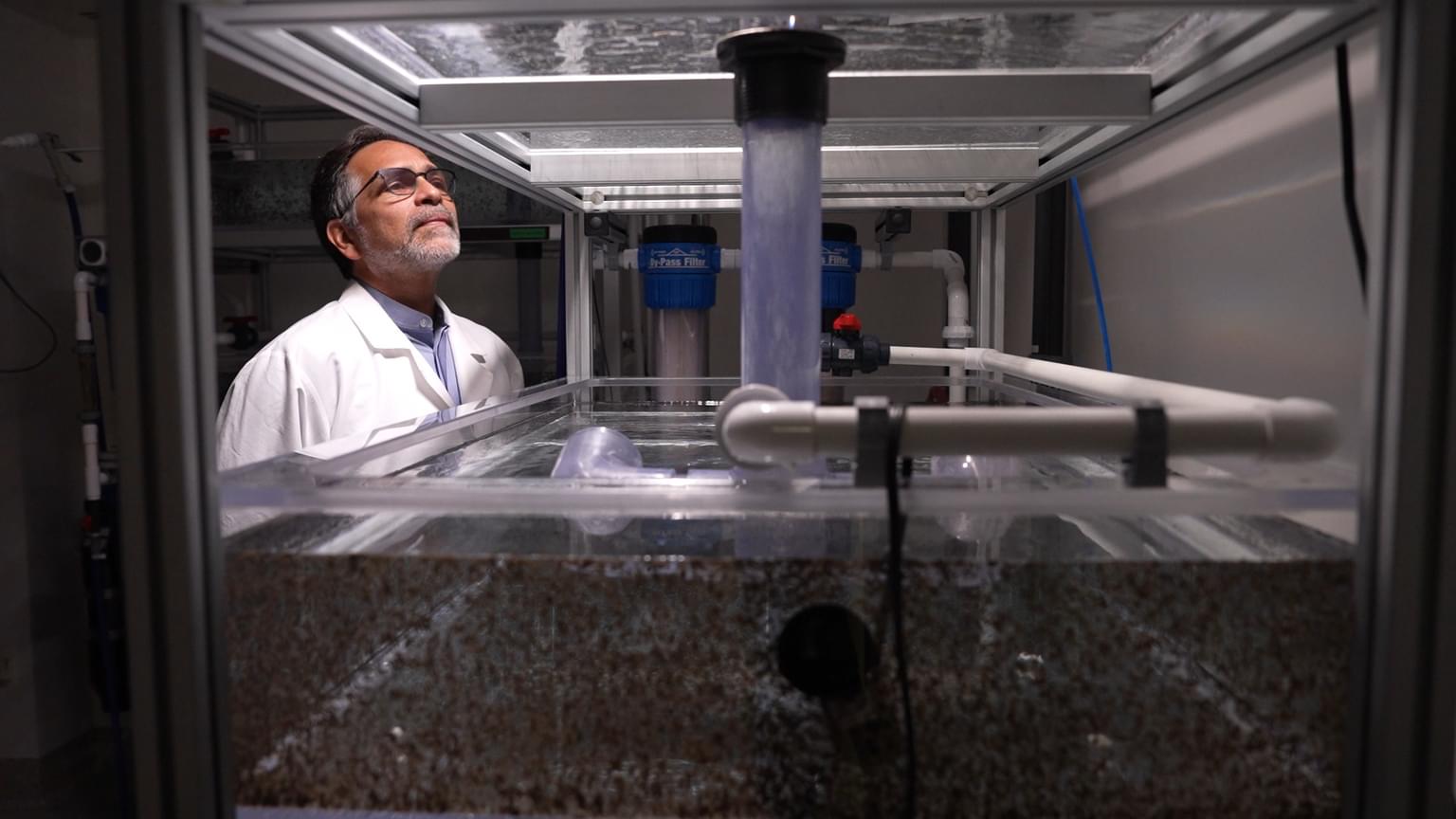News

03 April 2025
Does a cell’s “type” define its function?
A recent article co-authored by Stowers Investigator reviews current neurobiology research to highlight and foster scientific discussion.
Read Article

Stowers Predoctoral Researcher Shuonan He
Shuonan He has a simple explanation for why he studies sea anemones: they’re weird. “When I started to get into biology in college, I looked for unusual animals or the ones that people don’t know much about,” he says.
His fascination paid off. In 2014, he became a predoctoral researcher at the Graduate School of the Stowers Institute, studying just that “weird” animal. In 2018, he was the first author on a paper published in Science about how Hox genes, already well-known for their roles in the formation of bodies of bilaterally symmetrical animals, are important regulators of the body plans of radially symmetrical animals like sea anemones.
“The sea anemone has the perfect system for studying evolutionary biology. I fell in love with the system first and then that question of ‘how do Hox genes work here?’ became the most obvious avenue to pursue,” he says.

Sea anemone, Nematostella vectensis
Sea anemones weren’t the first animal to fascinate him, though. Shuonan started out studying zebrafish, working in a zebrafish laboratory at the Peking University in Beijing while an undergraduate student.
He learned about the Stowers Institute when Alejandro Sánchez Alvarado, PhD, scientific director of the Stowers Institute, gave a presentation there about sea anemone regeneration.
“Sea anemones seemed way more interesting than zebrafish,” he says, “and I wanted to be where I could study them.” He realized that place was the Stowers Institute only three days before the Graduate School’s application deadline. “I read a lot in those three days to help enhance my application to the program and show I wasn’t completely off base,” he quips.
He had his heart set on studying sea anemones, and after the usual Grad School lab rotations, he joined the Gibson Lab to do just that. “The discovery of Hox genes is one of the first major milestones in the development and the advancement of modern development biology,” he says. “We’ve been able to start picturing development as a process that can be modulated and understood in a series of events that’s precisely regulated by genes.”
The Hox family of genes is also special because it spans so far across the evolutionary tree of life. “Hox genes play that crucial role in the development of fruit flies all the way to humans. It’s a super deep evolutionary root that we’ve discovered,” he muses.
Even though Kansas City is the only place he’s lived in in the US, He said he enjoys the size, scope, and vibe here. “It’s a pretty peaceful, quiet city, which is what I wanted,” he says. When not unearthing the secrets of evolutionary biology in “weird” animals, he says he spends much of his free time cooking and walking his girlfriend’s dog, Sticker, a six-year-old Chihuahua mix of indeterminate origin. “She’s a super cute and scrappy dog,” he shares.
He is taking a long-term view of his future career in terms of what he wants to study, and what that research will contribute to scientific knowledge overall. “Right now, as part of my graduate research, we’re trying to push the field more toward the era of genomics.” After that, He sees himself homing further in on evolutionary biology, in whatever animal he finds most fascinating at the time. “Hopefully I can find something equally cool or even more fascinating than the sea anemone,” he says. “I’m pretty sure the sea anemone is not the only species that we can find some cool biology in.”
He hasn’t forgotten an important lesson learned in that first zebrafish laboratory, either. In 2013, a fire at Peking University all but destroyed the lab. After watching the fire online and getting over the shock of what happened, he and his fellow lab mates worked together to reconstruct the lab and re-establish lost zebrafish lines.
“It was a huge setback at the time, but in the long term, it has shown me it’s possible to overcome unexpected and sometimes devastating events in research,” he says.
Despite the fire, in 2014 as an undergraduate, he was the first author on a paper published in Nature Communications about how zebrafish can regrow lost heart tissue while mammals cannot.
Maybe he’d have done that research without having to re-establish the zebrafish lines, maybe not. “It’s like they say—it’s 99% hard work, but you really need that 1% luck sometimes.”
News

03 April 2025
A recent article co-authored by Stowers Investigator reviews current neurobiology research to highlight and foster scientific discussion.
Read Article
News

01 April 2025
Brown, who held key leadership roles for both organizations, passed away March 27, 2025.
Read Article
Press Release

27 March 2025
Alejandro Sánchez Alvarado, Ph.D., receives recognition as a leader and expert in regenerative biology and its potential to transform human health.
Read Article
